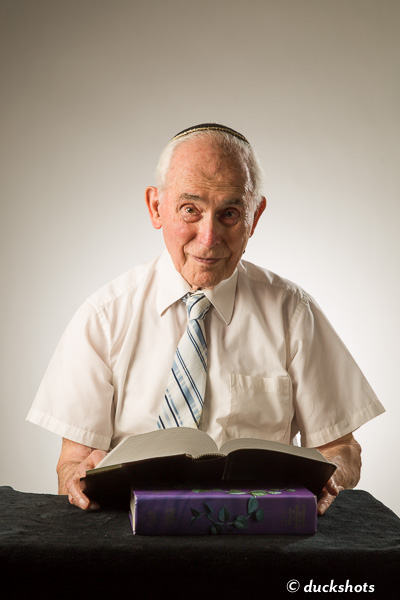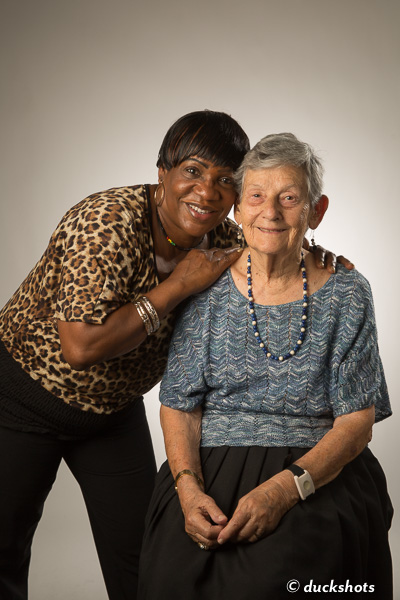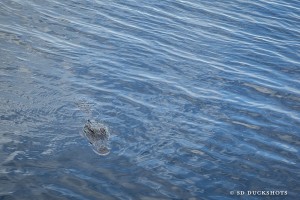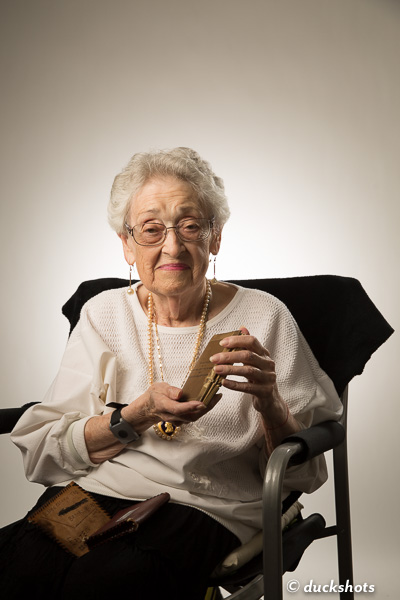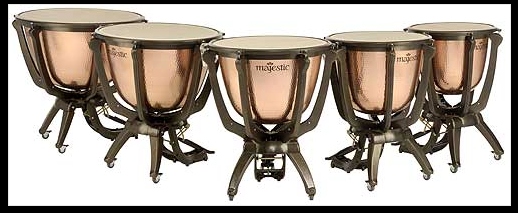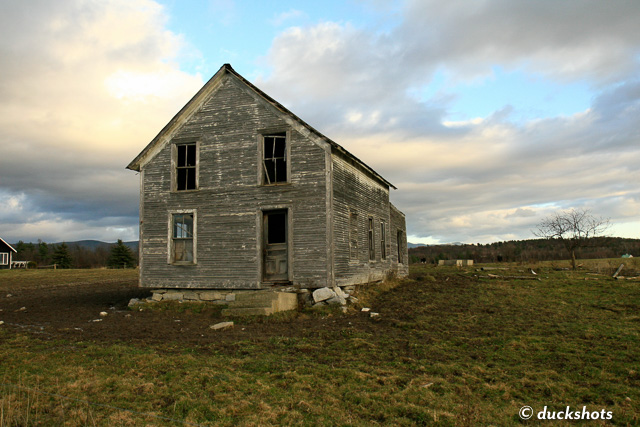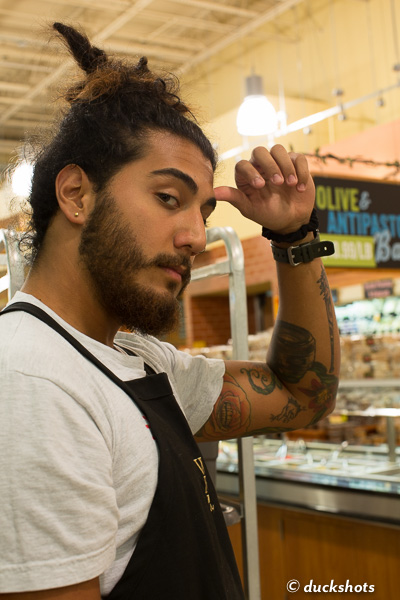The Morikami Museum and Japanese Gardens has a chilling exhibit. Featured are the bags carried by Japanese to internment camps. These tickets, replicas of the actual ones which directed the people to one of seven camps, show how insensitively and how inhumanely the US Government dealt with people within our borders who had ties to a nation with whom we were at war.
The internment of Japanese during the 2nd World War was wrong. Treating those from Syria who would seek asylum or the 2,000 who have already been vetted the same way would be worse. Have we not learned that in addition to being the world’s policemen, we are a homeland for the oppressed. Our country has the resources to deal with its problems, just not the will. Revisit what we did. Look at the MSS St. Louis. We just need to be careful and the vetting needs to be smartly done. But our borders should remain open to those who need our protection and to those who want to become part of a nation with a conscience.

